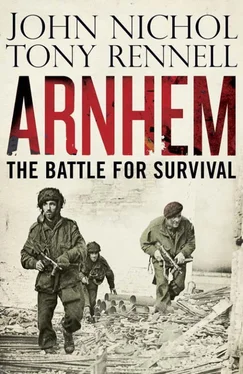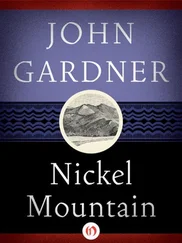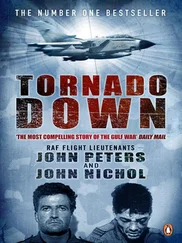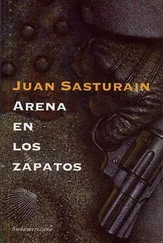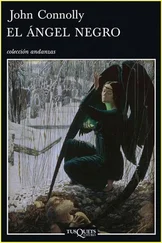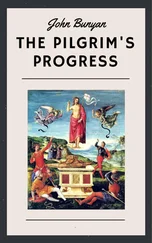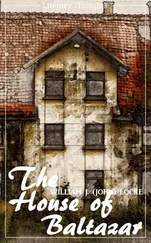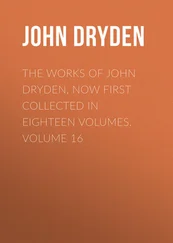The Memoirs of Field Marshal Montgomery . Collins, 1958, and Pen and Sword Military, 2010.
Alan Kettley, Official intelligence debrief, October 1944 (Airborne Assault, Imperial War Museum, Duxford), and JN interview, 2010.
In his memoirs, Montgomery gave a succinct summary of Market Garden. ‘My plan was to drive hard for the Rhine across all river and canal obstacles and to seize a bridgehead beyond the Rhine before the enemy reorganized sufficiently to stop us. The essential feature was the laying of a “carpet” of airborne forces across the five major water obstacles which existed on the general axis of the main road through Eindhoven to Uden, Grave, Nijmegen, and thence to Arnhem. XXX Corps was then to operate along the axis of the “carpet”, link up with the 1st British Airborne Division in the Arnhem area and establish a bridgehead over the Neder Rijn north of that place. Second Army was then to establish itself in the general area between Arnhem and the Zuider Zee, facing east, so as to be able to develop operations against the northern flank of the Ruhr.’
Major Toler. Diary. Provided by Major Mike Peters, Army Air Corps.
Private memoir. Airborne Assault, Imperial War Museum, Duxford.
Quoted in Monty: The Field-Marshal , by Nigel Hamilton. Sceptre, 1986.
Lease of Life , by Andrew Milbourne. Transworld, 1955.
Private Les Davison, Royal Army Medical Corps. Private memoir. Box 45, RAMC Archive, Keogh Barracks, Hampshire.
Letter by Ivor Rowbery, Airborne Assault, Imperial War Museum, Duxford.
Quoted in Men of the Red Beret: There Shall be Wings. The RAF 1918 to the Present , by Max Arthur. Hutchinson, 1990.
Alan Kettley: see Chapter 1, note 10.
Reg Curtis, Tafelberg . BN1 Publishing, and JN interviews, 2010.
Apart from the shame and ridicule, this was a court-martial offence.
There were different symbols for specific units.
‘Market’ was the codename for the airlift part of the operation and ‘Garden’ the codename for the land operation. Hence the operation as a whole was ‘Market Garden’.
Quoted in Arnhem , by Lloyd Clark. Headline, 2009.
Ted Mordecai. Private memoir. Airborne Ordnance at Arnhem, Airborne Assault, Imperial War Museum, Duxford.
It Never Snows in September , by Robert Kershaw. Ian Allan, 2009.
Ron Brooker’s account in Tribute edited by Philip Sidnell. The Military & Aviation Book Society, London, 2002, and JN interview, June 2010.
Peter Clarke. Private memoir, and JN interview, 2010.
Cloud over Arnhem , by Kate ter Horst. Allan Wingate, London, 1959.
P. H. Huisman. Private memoir. Airborne Assault, Imperial War Museum, Duxford.
Private memoir. Target Mike One , and JN interview, 2010.
Down to Earth . Private memoir by Fred Moore. Airborne Assault, Imperial War Museum, Duxford.
Nine Days , by Ronald Gibson. Arthur Stockwell, 1956. The authors are grateful to his daughter, Candy, for permission to quote from it.
Eric Webbley. Private memoir. Courtesy of his widow and Niall Cherry of Warton, Lancs.
Projector Infantry Anti-Tank.
Or ‘Woah Mohammed!’, as some paras recalled the cry.
Private memoir from www.paradata.org.uk.
Lt. Pat Barnett. Private memoir. Airborne Assault, Imperial War Museum, Duxford.
Major Eric Mackay. Private memoir. Airborne Assault, Imperial War Museum, Duxford.
Private memoir. Airborne Assault, Imperial War Museum, Duxford.
The story of the Tafelberg field hospital is told in fuller detail in Chapter 12.
Robert Quayle. Private memoir. Airborne Assault, Imperial War Museum, Duxford.
Private memoir. Provided by Steve McLoughlin, 4th Parachute Squadron RE website.
Private memoir. Airborne Assault, Imperial War Museum, Duxford.
4th Para Squadron Royal Engineers, Official War Diaries.
Major Daniel Webber. Private memoir. Airborne Assault, Imperial War Museum, Duxford.
Capture at Arnhem , by Harry Roberts, Windrush Press, 1999.
Private memoir. The authors are grateful to his nephew John Merry for providing a copy.
Private memoir. ‘The Further Side of the Arnhem Bridge.’ Provided by David Brook of the Glider Pilot Regiment Association.
The badly wounded Roberts subsequently went into captivity when the field hospital he was in was taken over by the Germans. He survived his time in a prisoner-of-war camp and returned home relatively unscathed.
The main body of Polish paratroopers should have been arriving, too, but they were grounded by bad weather in eastern England. Their armour was on gliders that took off on schedule from airfields further south, where the weather was better. See Chapter 11.
Quoted in Poles Apart, by George Cholewczynski. Greenhill Books, 1993.
It was so well known that it was the basis of a stage play and two comic films, one starring Syd Chaplin.
JN interview, 2010.
Major Powell, quoted in Green On! , by Arie-Jan van Hees (see note 8 below). Despite the hilarity of the moment, the major thought there was method in this apparent madness. He wrote: ‘The content of supply drops had to be pre-packed to a standard formula with everything that might be wanted in the course of a battle. Red berets were a valuable psychological weapon, and the Boche had learned to hate the sight of them. Everyone dropped with his beret tucked into a pocket, but some were lost. Probably only the one container of berets was included in the whole supply drop and it was just our luck to happen on it.’
They were members of the Royal Army Service Corps.
The details of KG374’s last flight are recorded in comprehensive investigations by i) Karel Margry in After the Battle magazine, number 96, published in 1997, and ii) Phil Rodgers in ‘An Arnhem Survivor’ in Britain at War magazine, September 2008. The authors are indebted to these writers for being allowed to draw on their exemplary work.
Now rarely used, it was a shortened version of ‘Lord love me’.
According to the squadron operations log, though other sources claim half the load was ammunition.
Читать дальше
